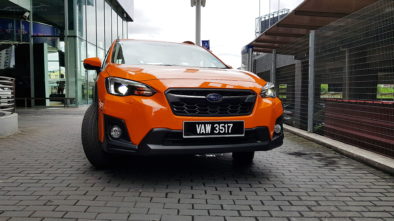My First Turo Experience: Car Rentals for Enthusiasts?
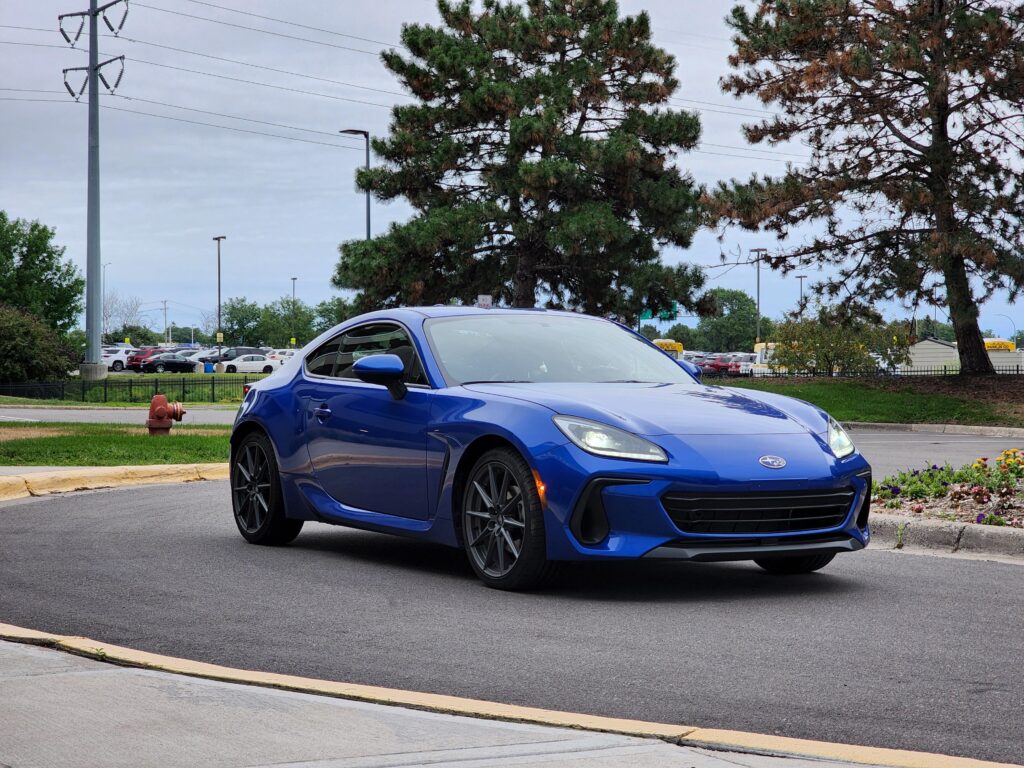
With the key in hand, I opened the door and gently placed myself into the driver’s seat of a Subaru BRZ I just rented from Turo. Left foot pressed on the clutch, right hand on the gear lever making sure it’s in neutral. All good.
I pressed on the Start/Stop button bringing the 2.4-liter boxer engine into life. The “new car smell” is unmistakable, and a quick glance at the odometer showed around 5k miles (8k kilometers), it’s practically a new car and the owner is standing a few feet away waiting for me to drive off. No pressure.
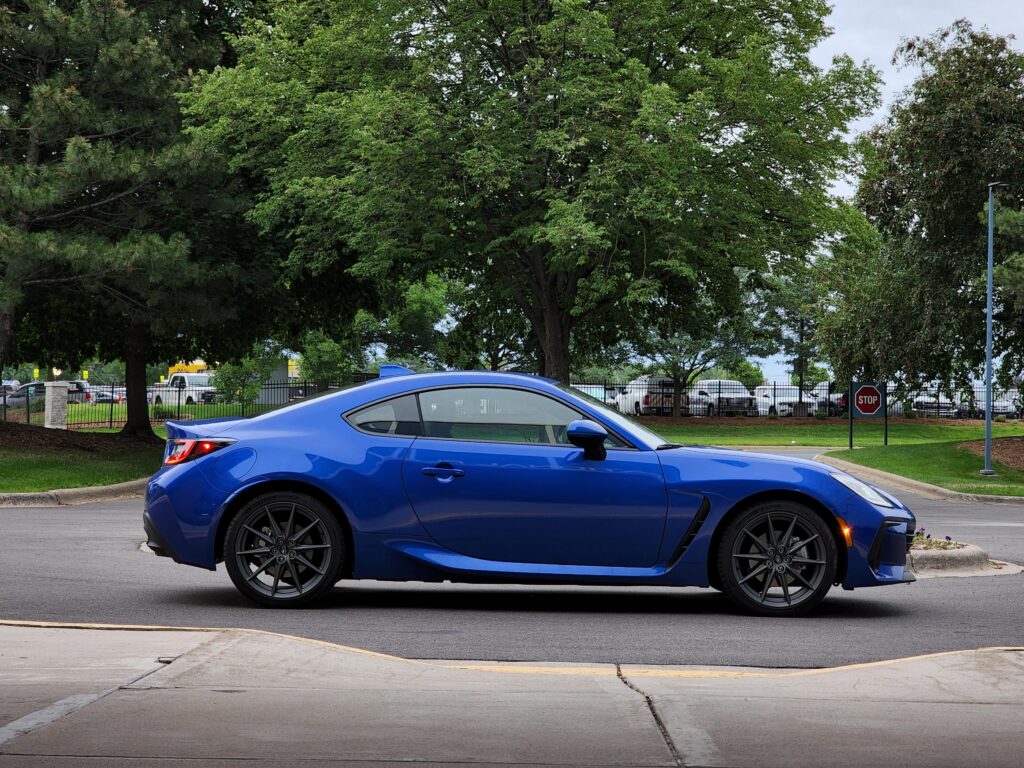
I ease off the clutch, slowly give it some gas and mentally cross all my fingers that I do not stall, as it’s been a while since I’ve driven a car with three pedals. I drove off smoothly without a hitch and let out a sigh of relief as the owner slowly faded out of view.
The car is now mine for the rest of the day, and I cannot wait to experience the new BRZ/GR86 I’ve heard so many good things about. However, this writeup will be about my experience renting from Turo for the first time, and I’ll probably have a separate writeup on my thoughts on the BRZ. Hint: It’s good.
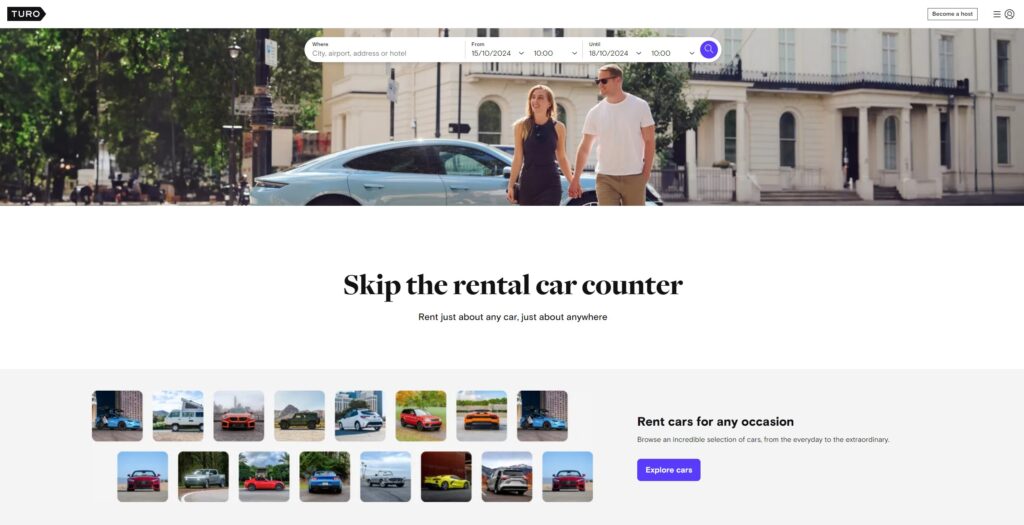
What’s Turo again?
The “Airbnb for cars” is probably the most common description you may have heard of for Turo. Just like Airbnb, Turo is simply an online platform for people to offer their property out for rent, in this case, their cars. While most commonly known in North America, Turo claims that they are available in 56 countries and counting such as Australia, UAE, and even Iceland. However, at the time of writing, Turo is not available in Malaysia. Here I will be writing about my experience using Turo in the US.
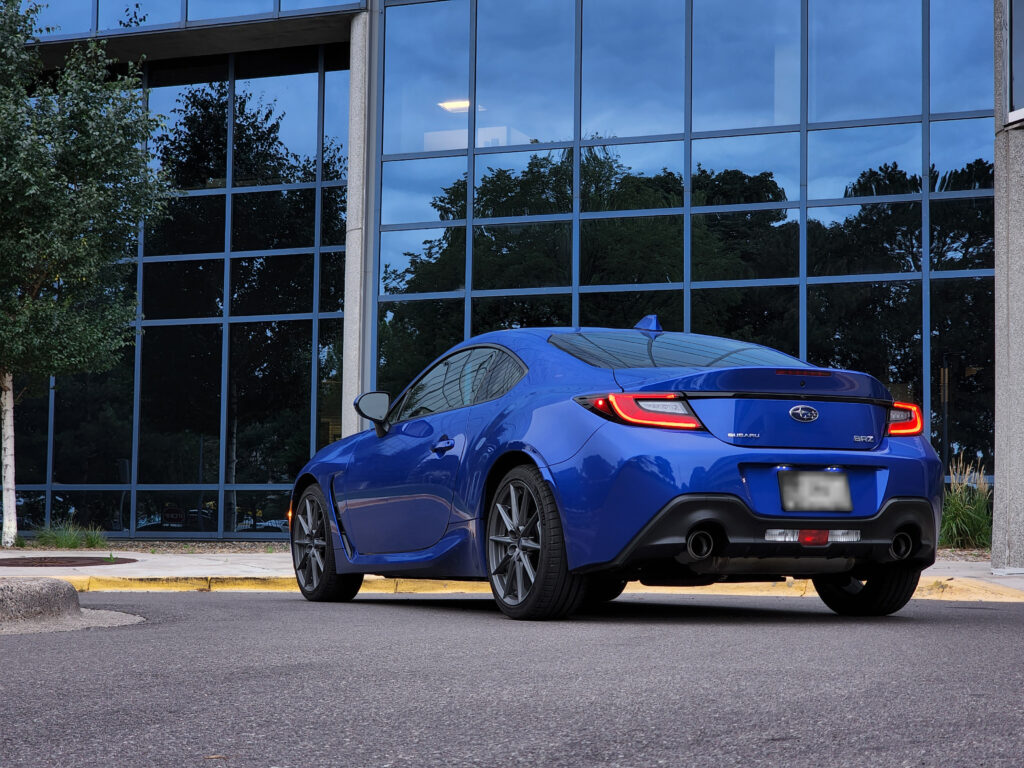
Where do I begin?
Just sign up for a free account on their website or on the app, and you’re ready to browse vehicles in your area of choice where Turo is available. As each vehicle is unique to their respective owners, so is their availability. From individuals renting out their personal ride to earn a few bucks, to car rental businesses renting out their large inventory on Turo, the choices of vehicles and their availability solely depends on your location. So you won’t be surprised to hear that you will have more options in larger cities.
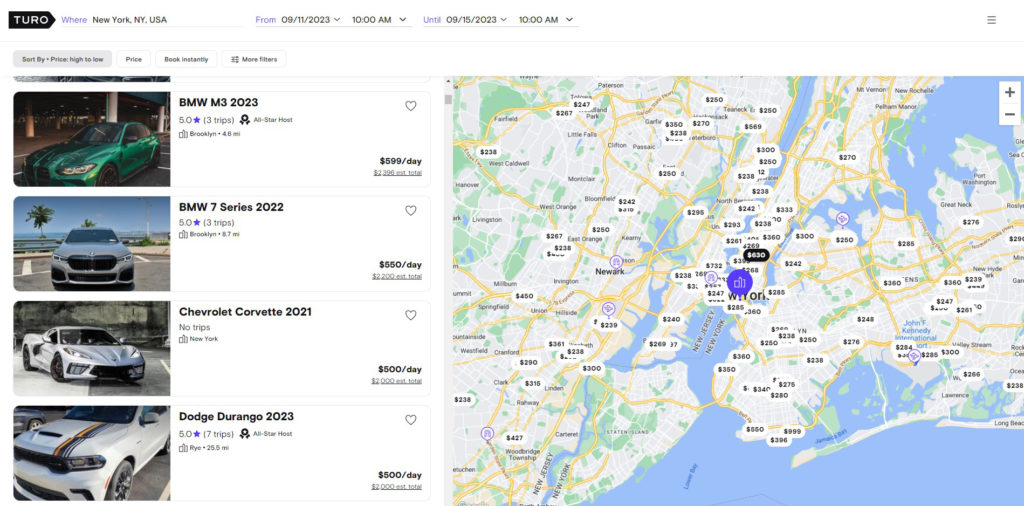
Just like window shopping, the search for a vehicle on Turo is part of the fun. I was in a large city so my choices were plenty and diverse. From commercial vehicles to help you move, to supercars for an exhilarating drive, the only limit is your budget and age (25+/30+ on certain cars).
Many cars piqued my interest during my search: the new Ford Bronco, Challenger SRT, Golf GTI, including the mid-engine Corvette. Sadly, either the time availability didn’t work out or they were simply out of my budget. I kept scrolling, and there it was: a Subaru BRZ in the signature blue color. The time and date was available and the price was right.
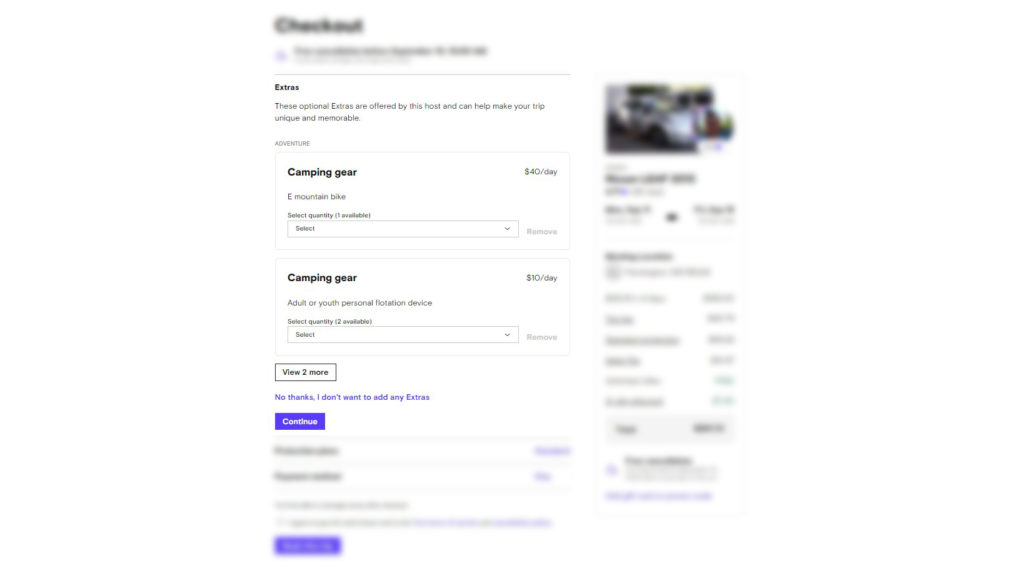
Now that I’ve chosen a car, what’s next?
Choosing a car is only just the beginning, as we now get to the important extras. Depending on the specific vehicle, the host may include unlimited mileage you can drive during your rental period. However, that’s usually rare and it’s more common to see the host limit the driving distance to a couple hundred miles per day.
For most vehicles, a limit of 100 to 250 miles (161 to 402 km) per day seemed to be the norm during my search. Although some hosts may include the option to upgrade to unlimited mileage for an additional fee.

Just like any car rentals, hosts are expected to have their cars come with a full tank while you return the car equally with a full tank. Certain cars (like the BRZ) may require higher octane grade fuel with you providing receipt as proof. Some hosts may also provide an option of a one-time fee which allows you to return the vehicle at any fuel level.
Turo also allow hosts to include other miscellaneous optional extras for you to choose from. From roof racks to child seats, bicycles to kayaks, a Turo host can pretty much list anything they want to rent out along with their vehicle. Depending on your location, it’s also not uncommon to see hosts offering airport delivery for the vehicle you booked.

Insurance! How does it work?
Probably the most important aspect when renting a vehicle. Thankfully, Turo has made it simple for the end user. This is country-dependent, but for Turo renters in the US you have 4 options:
No coverage – You’re financially responsible for all physical damage including theft regardless of fault.
Minimum coverage – USD3000 max out-of-pocket for vehicle damage or theft.
Standard coverage – USD500 max out-of-pocket for vehicle damage or theft.
Premier coverage – Zero out-of-pocket costs for vehicle damage or theft.
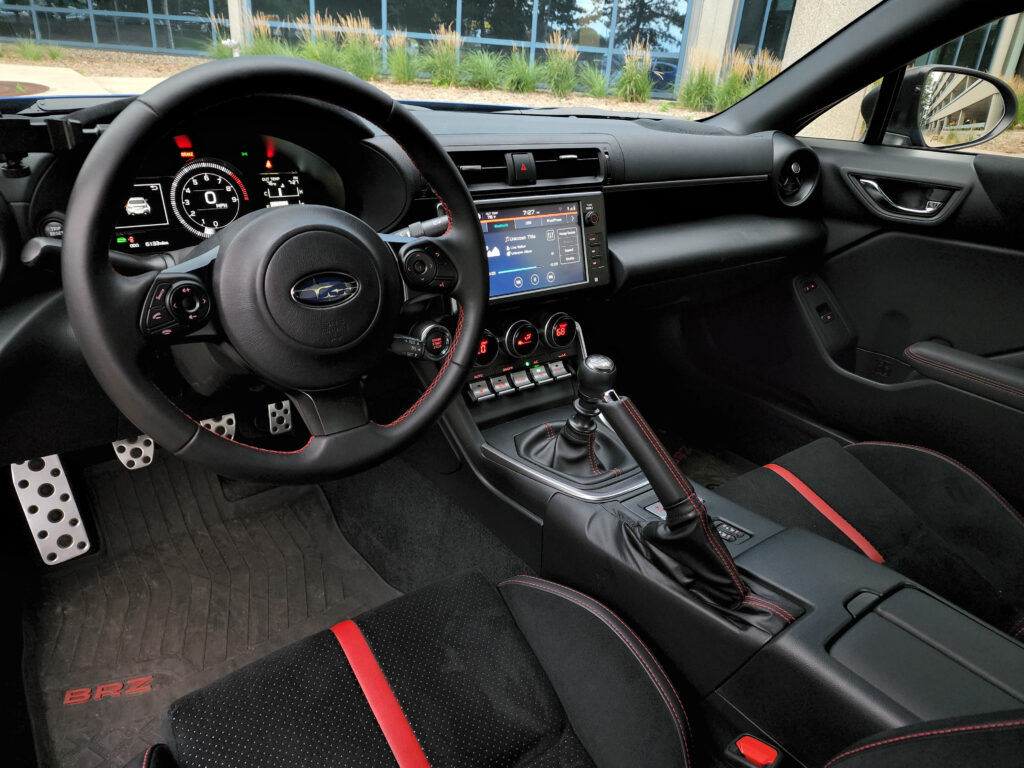
Turo includes state minimum liability insurance for all plans (including no coverage) except for the Premier plan that includes a USD750k liability insurance. All four coverage options may not apply for all users and/or vehicles however. For instance, drivers under 20 years old and certain higher value vehicles must have at least Minimum coverage, while the Premier plan is also not available for every vehicle. The most common available options I’ve encountered are usually the Minimum and Standard coverage. Of course, terms and conditions apply, all of which can change at any time, so visit Turo’s site for the most up-to-date information.
Obviously, it is unwise to go uncovered as the Minimum coverage only adds a relatively small fee per day on top of your rental price and as such, I would highly recommend opting for the Minimum coverage at the very least. Either way, it is completely up to you. As you finalize the extras and coverage plan, you just have to make the payment and your vehicle is booked!

Payment is done! What’s next?
At this point, both yourself and the host can get in touch with each other through messages within the site and app. Usually the host will provide you with the vehicle collection info, while you could ask the host any questions you may have. Just keep in mind that messages and photos sent between each other on Turo are saved and cannot be deleted even after the rental period is over. This is most likely for future reference purposes, just in case any issue arises. I checked my Turo account on a trip I did over a year ago and the messages and photos are still there.

I kept in touch with my host on the day of collection, keeping him posted on my arrival. As I arrived to collect the BRZ, the host was taking photos of the car. To protect both the host and renter, Turo allow both sides to upload photos into a shared online album titled “Trip Photos” through the Turo site or app, which can viewed by both parties for reference at any time.
The main purpose of this useful feature is to document the vehicle’s condition, mileage and fuel level before and after the trip. In my case, the host took photos of the BRZ inside out, including the odometer and tire thread depth, while also taking photos of my driver’s license. It’s completely up to you and the host on how thorough the photos are taken.

When it comes time to return the vehicle, just follow the previously agreed upon return procedure. This will of course vary between hosts. In my case, it was as simple as parking the BRZ back where I collected it from. My host wasn’t able to be present for the return and asked that I leave the key inside the car. I then shot and uploaded photos of where I left the BRZ, the key, as well as photo of the fuel receipt into the “Trip Photos” album.
I then messaged my host letting him know of the photos and thanking him for the enjoyable trip in the BRZ. Upon returning the vehicle, the host would then inspect the car and officially end the trip on their side through the Turo site or app should they find no issues. You will be informed once that happens, and that’s it, you just rented a vehicle on Turo without any issues!
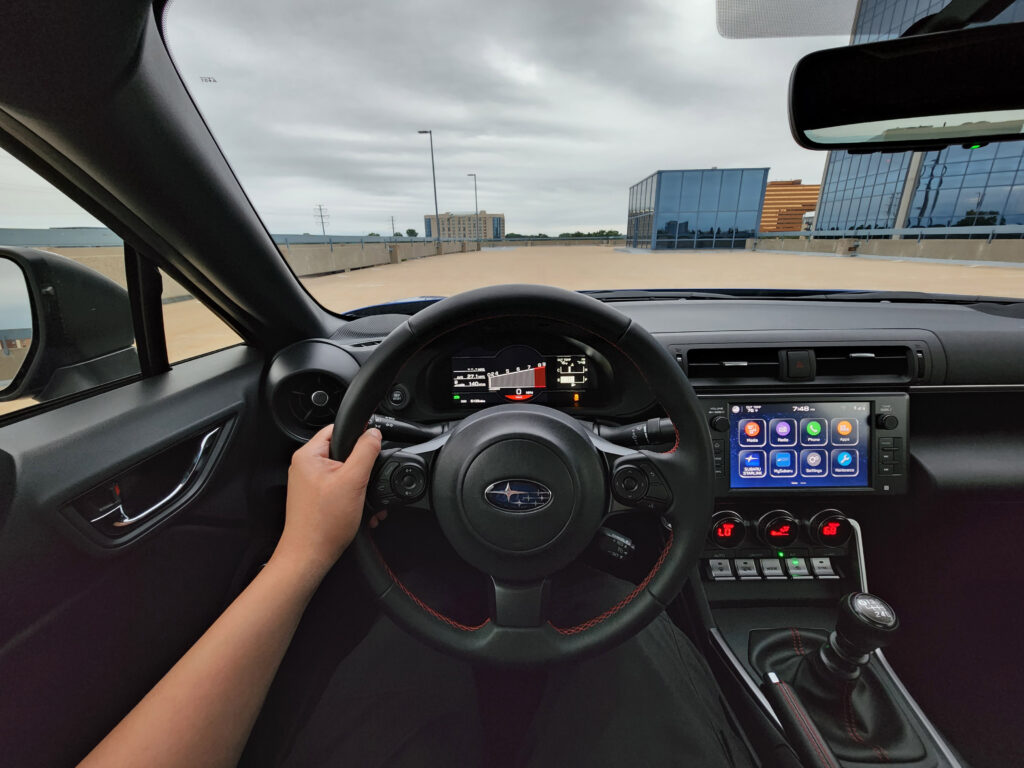
What happens if there are any issues?
Should there be any issues before, during, and/or after the trip, you should first contact the host and see if it can be mutually resolved. Otherwise, you can get in touch with Turo’s customer support to step in. As for anything worse, such as a vehicle breakdown, accidents etc, Turo does offer free dispatch of roadside assistance for US and Canada renters. Turo has instructions on what you should do listed on their site if any such misfortune should happen. Let’s hope nobody has to use this feature.
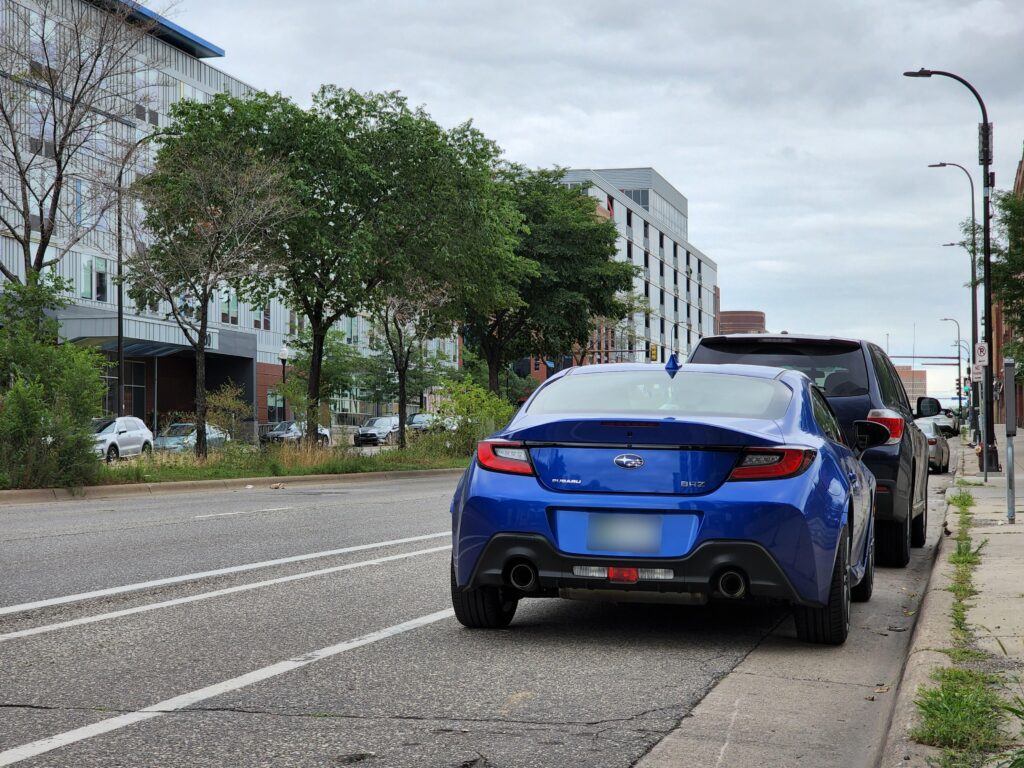
Should I rent through Turo?
I find Turo a great choice for those who enjoy driving something different as the options tend to be very diverse, while rental companies usually only stock newer models of uninteresting passenger cars. Perhaps like me, you always wanted to try a certain enthusiast car, or want to have an extended test drive of a certain model before purchasing one. Turo is perfect for that.
However, there are downsides. Just like Airbnb, the host has the right to cancel your booking at the very last minute. This happened to me once and I had to quickly search for another vehicle for my trip. This alone could be a deal breaker for many if you cannot afford disruptions for your well-planned trip.
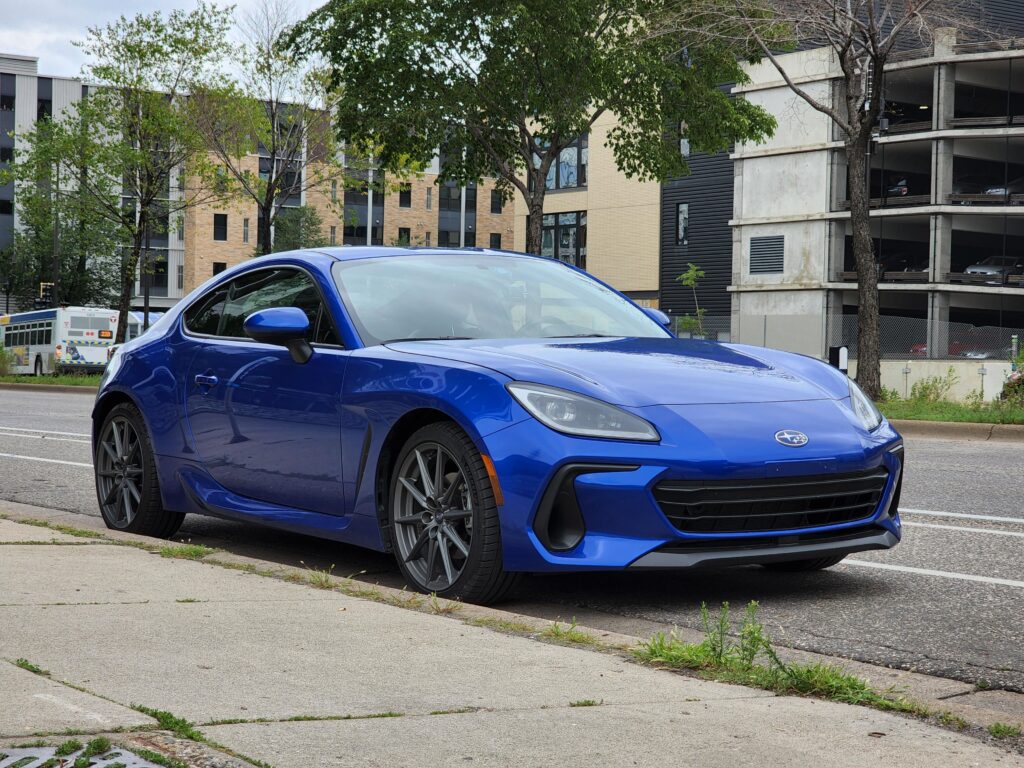
There are Turo alternatives such as Getaround which even offers rental by the hour, but the number of users must be low as the vehicle options are very limited and often there are no vehicles available in many major US cities. Turo’s strength lies in its huge number of users and we as renters benefit from the diversity of vehicles. You sure ain’t finding a Subaru BRZ on Hertz.
Have you rented from any peer-to-peer carsharing companies like Turo? Feel free to share your experience!
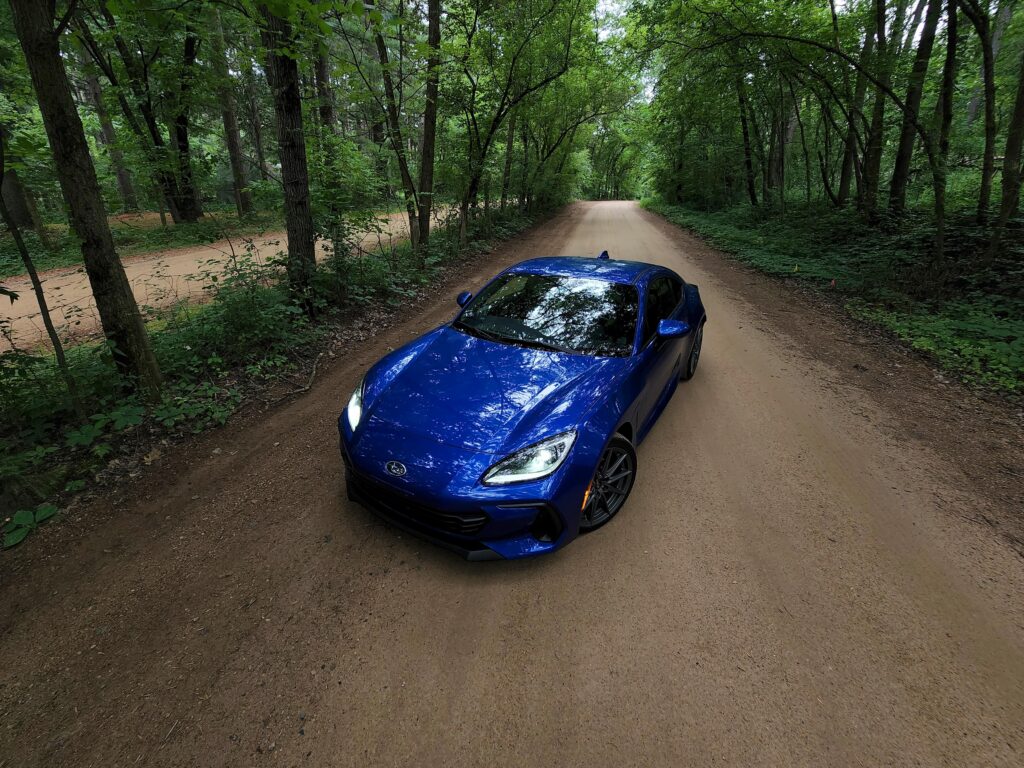














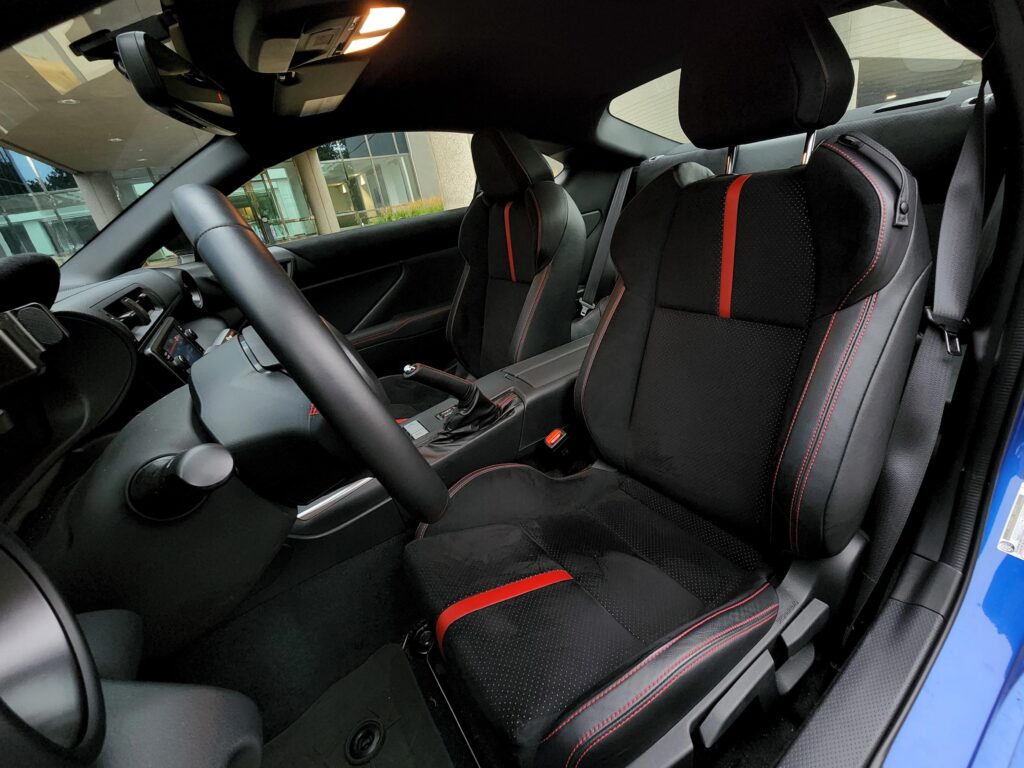





Words & Photos: Benjamin Ng



